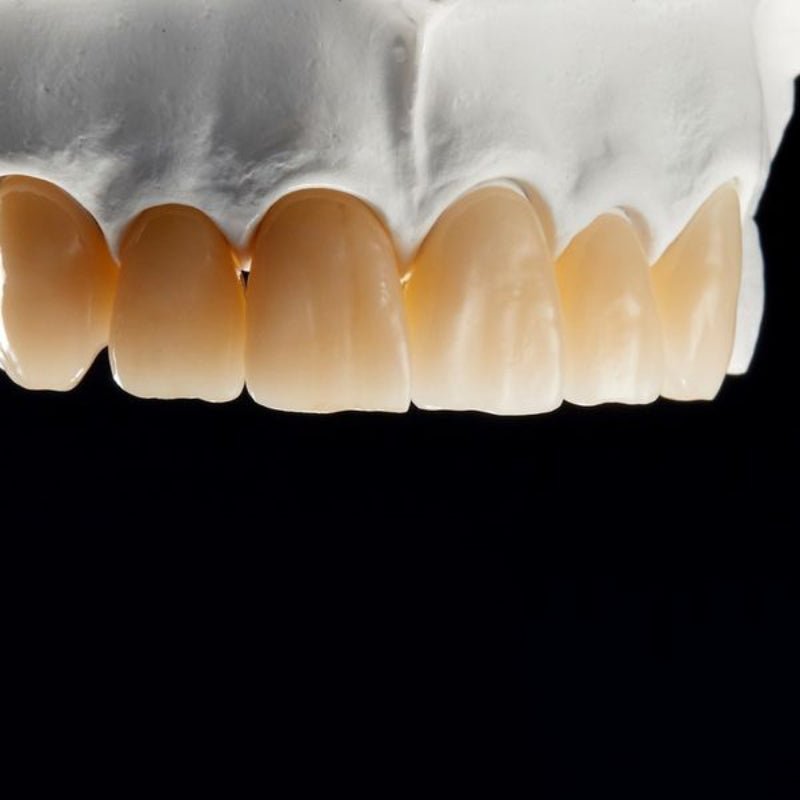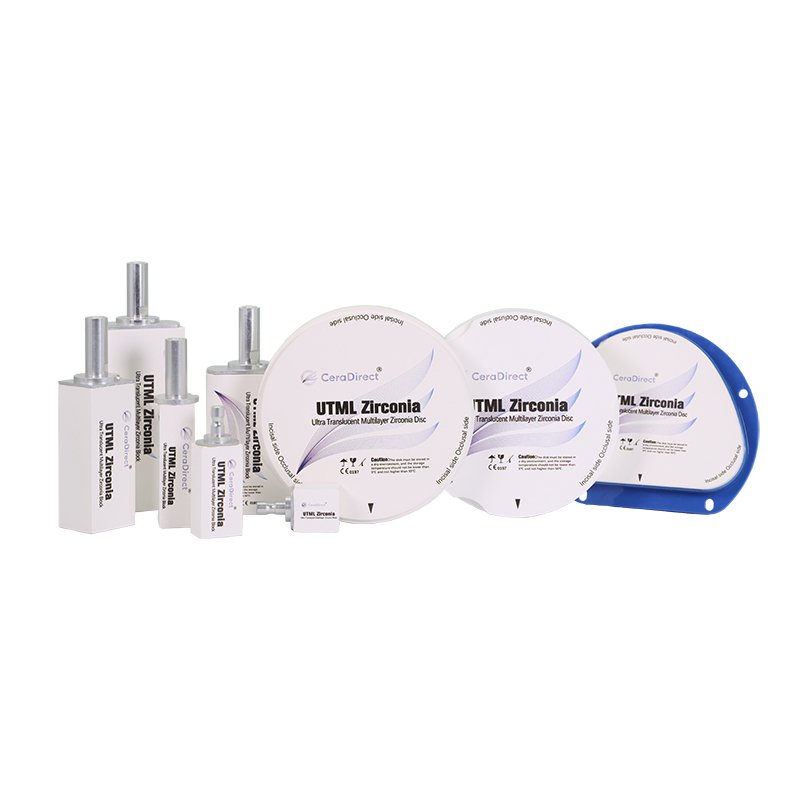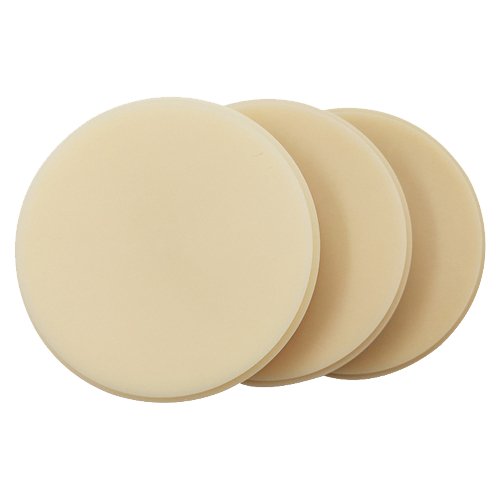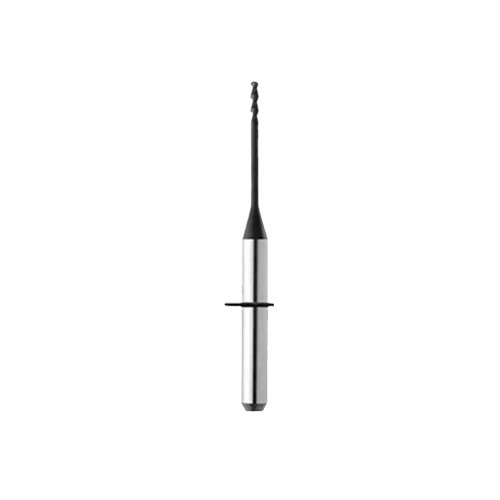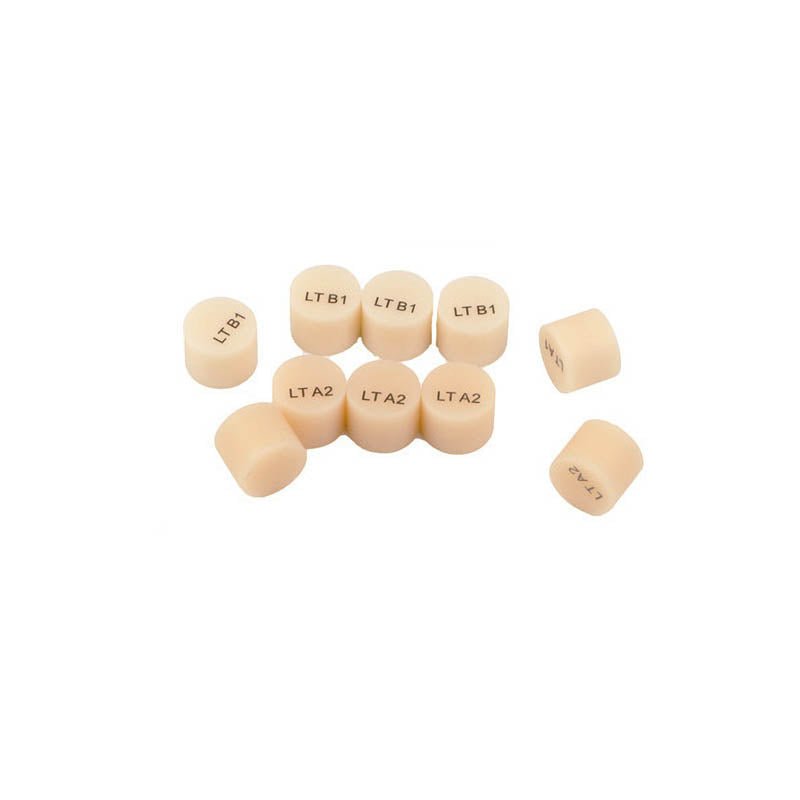
An Outline of Zirconia
Zirconia, or Zirconium Dioxide, is a white, crystalline oxide of zirconium. In dentistry, zirconia is famed for its high fracture toughness, biocompatibility, and impressive aesthetic qualities, providing a balance of strength, durability, and appearance that is unparalleled compared to other traditional dental materials.
Understanding Multi-Layer Dental Zirconia Products
Multi-layer dental zirconia products are zirconia-based dental prosthetics that incorporate multiple layers or gradient layers of varying color, strength, and translucency designed to mimic the appearance of natural teeth. They're fabricated from a single, gradient multi-layered block of zirconia, which transitions in color from cervical to incisal, like a natural tooth.

Applications in Dentistry
Multi-layer dental zirconia is used extensively for a variety of dental restorations, including crowns, bridges, veneers, inlays, onlays, and implant abutments. They offer an aesthetically superior and more resilient alternative to other dental materials traditionally employed for these restorations.
Key Features of Multi-Layer Dental Zirconia Products
1. Aesthetics: Multi-layer zirconia boasts a lifelike appearance that authentically mimics the gradient color of natural teeth, thus enhancing overall aesthetics.
2. Strength: They’re incredibly robust and resilient, offering high flexural strength that's ideal for posterior restorations.
3. Translucency: An impressive feature of multi-layer zirconia is its translucency gradient, which naturally transitions from the cervical to the incisal region, much like a natural tooth.
4. Durability: Given zirconia's robust characteristics, multi-layer zirconia restorations are wear-resistant and less likely to crack, chip, or break.
5. Versatility: They can be used for single-tooth restorations, multi-unit bridges, and more, attesting to their wide-ranging applications.

Fabrication Process
The fabrication process for multi-layer zirconia products involves several steps:
1. A digital impression of the patient's mouth is taken using an intraoral scanner.
2. The restoration is designed using CAD software, and the data is sent to a milling machine.
3. A multi-layer zirconia block is selected based on color match, and the restorations are milled out of this block.
4. The milled restoration is then sintered at high temperatures to achieve optimal density and hardness.
5. Post sintering, staining and glazing give the final and most natural appearance.
Benefits and Limitations
Benefits:
1. Superior Aesthetics: They deliver superior aesthetics because of their ability to mimic the gradation of natural teeth.
2. Excellent Strength and Durability: Their high strength and durability make them suitable even for high-load bearing areas.
3. Less Invasive: They require less tooth preparation than other materials.
Limitations:
1. Cost: High-quality multi-layer zirconia products can be more expensive than other options.
2. Adjustment Difficulties: Adjustments after sintering can be challenging and compromise the aesthetics of the restoration.
Conclusion
Multi-layer dental zirconia products represent an example of technological advancements dramatically improving patient outcomes in aesthetic and restorative dentistry. Recognized for their superior aesthetics, strength, and versatility, these products have become the material of choice for both dentists and patients. However, like any dental intervention, they should be chosen based on each patient's specific needs and desired results, following a detailed consultation with the treating dentist.

